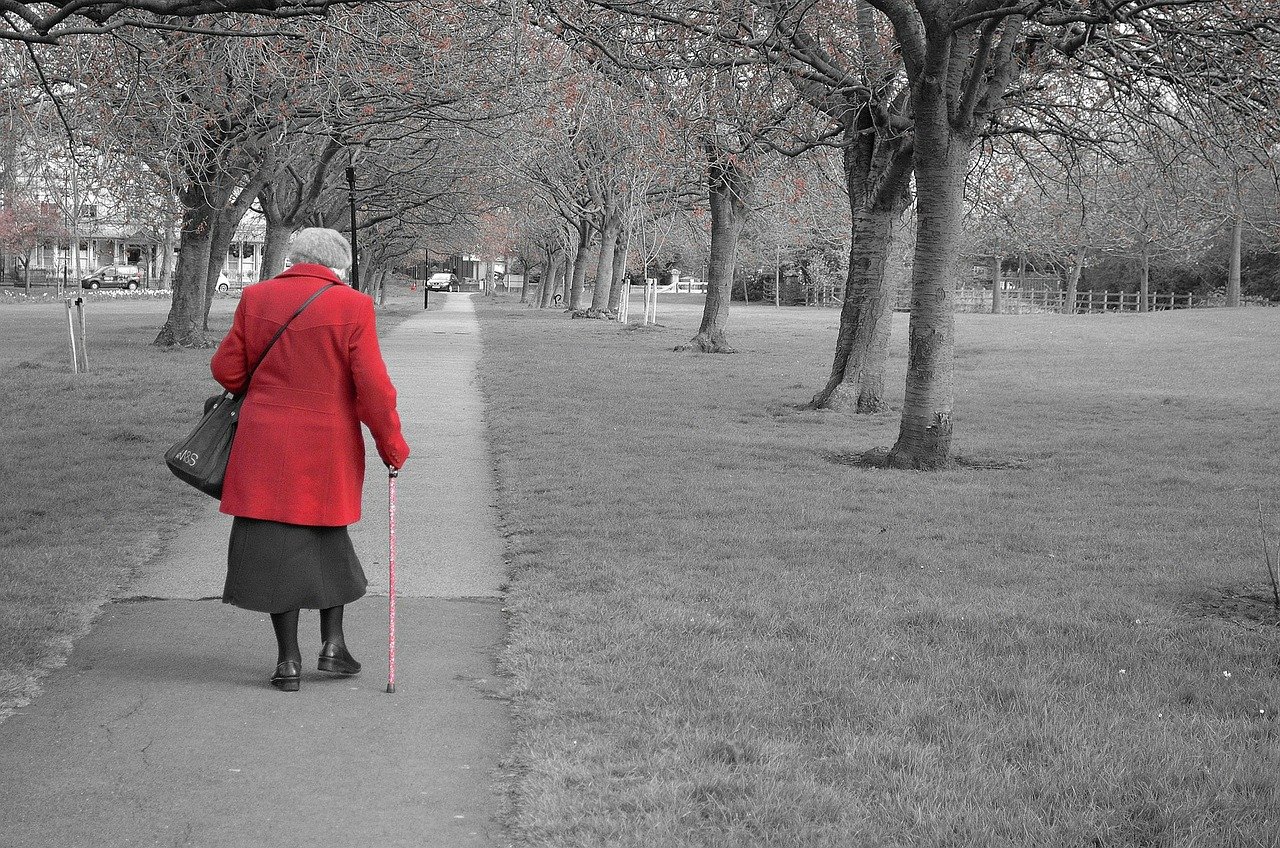Dr Amit Arora is a consultant geriatrician at the University Hospital of North Midlands. He and his team have developed the campaign “Sit up, Get Dressed, Keep Moving” which is being adopted in many NHS hospitals and abroad. He tweets @betterageing
It takes time to recuperate when getting over an acute illness but can ‘preventing deconditioning’ help?
In a clinical context, we can define deconditioning syndrome as ‘A complex process of physiological change induced by inactivity that can affect multiple body systems and may result in decline in physical, psychological and functional abilities’. Commonly seen in hospitals the condition is also prevalent in care homes and in those living in their own homes. At present, Deconditioning syndrome is probably the most under-recognized, under-reported, under-treated challenge in many hospitals.
Deconditioning can affect anyone irrespective of their age. However, in older people the effects can be more rapid, severe and often irreversible. Deconditioning can start within the 24-48 hours of hospital admissions and all efforts need to be made early on in the patients’ journey to avoid this happen.
To a large extent this can be prevented by encouraging patients to Sit up in Chair, Get dressed in own clothes and by encouraging to move/walk. This will to some extent encourage normalization, improve self-dependence, reduce hospital stay and prepare patients better for timely discharge to home. We do need to be mindful as every patient is different and those who can’t do what the patient next door can, don’t feel ‘inadequate’.
Deconditioning is not a new term but has grown in popularity and awareness in last 3-4 years since it was ‘re-juvenated’ with the launch of the National Deconditioning Awareness and Prevention Campaign ‘Sit Up Get Dressed Keep Moving’ in 2016 and #endPJparalysis social media campaign. Educational resources were developed and remain freely available for patient benefit and were requested by many hospitals in the NHS and abroad that amended and used according to their local priorities and requirements. This was symbolic of a cultural shift and heightened awareness of deconditioning but also of the other harms associated with inappropriately prolonged hospital stays.
There have been enormous responses to this work; media coverage from radio and TV shows, print media from Daily Mail to The Economist, project rollouts, local initiatives, scientific publications, all raising awareness of this important condition. Most NHS hospitals, CCGs and STPs, care homes, clinicians and managers are starting to recognize this now, thanks to the influence from clinical leaders and various organizations, which have been spreading the message far and wide.
As a geriatrician, I have frequently experienced the fine balance of identifying that short window of opportunity where the patient can be discharged safely to home before they start to become increasingly susceptible to harms of an unnecessarily prolonged hospital stay; whilst being careful about risks of readmissions from a pre-mature unsupported discharge.
Similarly striking that fine balance between medical interventions and activities of daily living is key to recovery. I recently experienced this with a close family member who found it hard to walk to the toilet during her hospitalization. Straight after discharge, she could furniture walk at home and within 2 weeks was independently walking again.
Most patients, irrespective of their age; will not be ‘back to baseline’ whilst in hospitals or before discharge- a phrase we don’t use anymore. The key is to ensure that recovery, rehabilitation and reablement takes place and this has been emphasized again in the recent National Audit of Intermediate Care 2018 and the NHS Long Term Plan 2019. Experience shows and most would agree it is best to have the recovery, rehab and reablement facilities at home and not acute hospitals. This is not in an effort to save money but to encourage better recovery which can happen faster at home but will need a shift in mind-set as well as resources.
There is no doubt from the available evidence that exercise and activity helps: Some is good, More is better. How we implement it at scale and speed in hospitals remains a challenge. Some of the materials are available freely for patients’ benefits. Since the campaign was launched nationally, there have been successful attempts to include education about deconditioning in the medical, nursing and pharmacy school’s curriculum in the UK, and developing an educational resource for the WHO on this condition. More still needs to be done.
This ‘new’ entity has raised many unanswered questions:
- Should deconditioning prevention care bundle be a standard requirement in hospitals?
- Should deconditioning be termed as harm and reported? Are we ready for that? Should we include a question if deconditioning has been considered to have played a role in a harm event?
- Mobilization and exercises do take staff time? How will this impact on an already stretched workforce?
- Will it lead to improved outcomes? The NIHR report suggests it will
- We know exercise and activity works. We need to identify what mass implementation strategies are needed.
- How do we make deconditioning prevention everyone’s business?
- What can you do today, to prevent deconditioning?
Let us make a new start on the International Day of Older Persons. All comments/suggestions are welcome.
